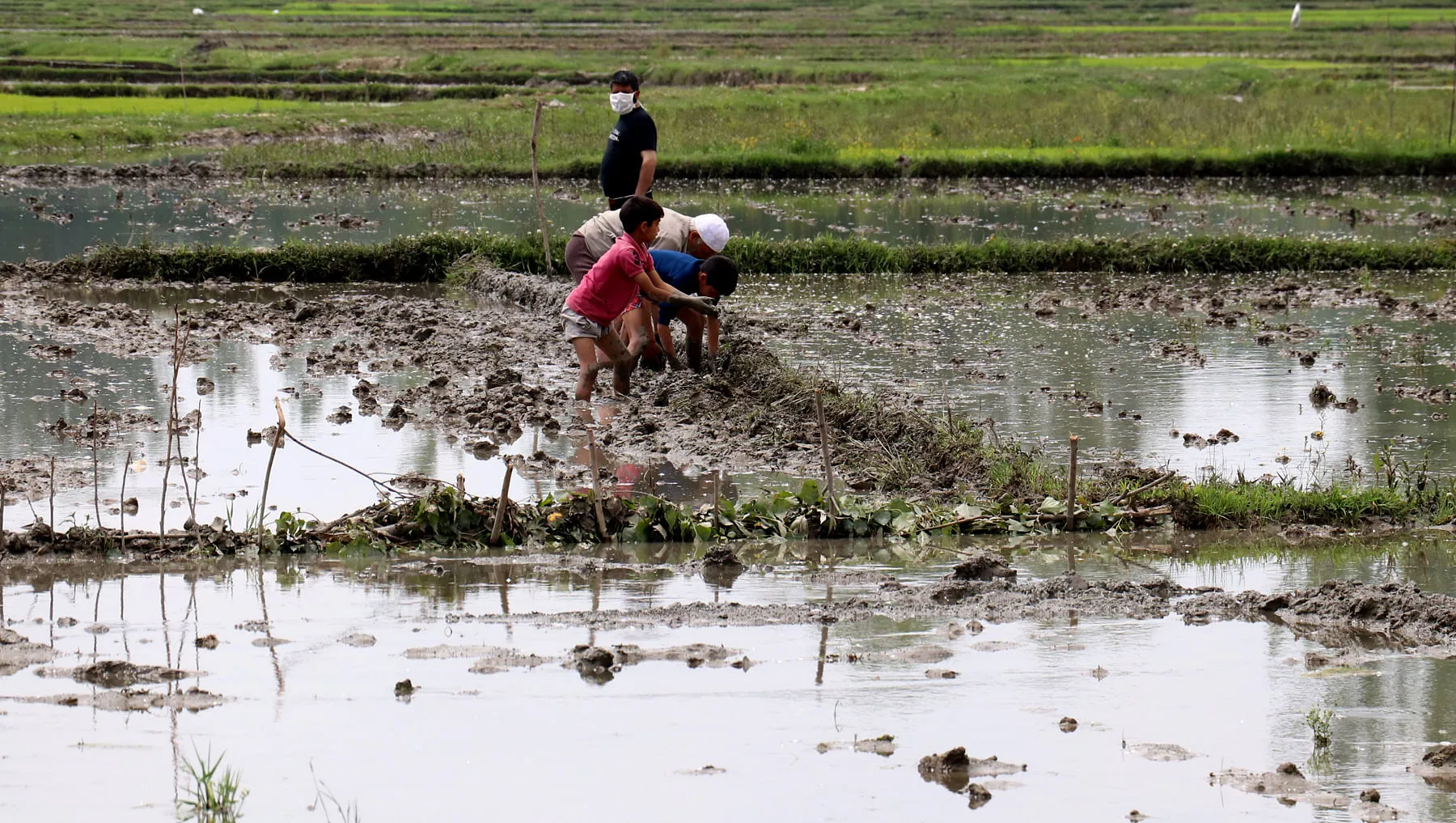World Water Day, held on 22 March every year since 1993, focuses on the importance of freshwater. The theme of World Water Day 2021 is valuing water. World Water Day celebrates water and raises awareness of the 2.2 billion people living without access to safe water. It is about taking action to tackle the global water crisis. Water is the foundation of life on earth. From nourishing all living organisms to supporting the cultivation of food, water is crucial for our survival. 75 per cent of the earths surface consists of water, yet only two per cent of it is freshwater. Agricultural production consumes almost 70 per cent of the worlds freshwater supply. As the worlds population increases and the demand for food goes up, it is bound to create water scarcity.
Experts predict that by 2030 (only nine years from now), the deficit between water usage and water supply could be as high as 40 per cent. This would create an imbalance and lead to an unsustainable ecological situation. Addressing the problem demands us to think of innovative solutions to conserve water and overcome water scarcity.
Making every drop count
For the agricultural industry, a good starting point would be re-evaluating traditional agricultural production. Flooding is a common practice used to irrigate crops and farmlands in India. However, it has a water-use efficiency of less than 40 per cent, leading to high water consumption. We need smarter ways to safeguard our limited water supply and reduce the dependence on monsoons.
Modern digitally-enabled techniques such as drip irrigation, allow precise application of both water and other fertilizers/micro-nutrients and crop protection inputs to enable direct intake by plant with minimal wastage. This translates into a water-use efficiency of more than 95 per cent and a water-use reduction of more than 60 per cent over traditional flooding. It is also a more effective water management solution than sprinkler systems, which cannot get to the root of the plants as a drip system does.
Soil humidity sensors can provide exact information about how much water is needed at a specific point in a plants life cycle, automating the water application process. This minimizes the workload for farmers while creating an efficient balance of low-use of resources and high crop yields. Once we have regulatory approvals for the use of drones in Indian agriculture, this is another innovation that can reduce the amount of water used in spraying plant protection chemicals. Ultimately all of this will translate into economic savings for the farmer.
Capacity building for technology adoption by smallholders
While several modern agricultural technologies already exist and there are many innovations being researched upon, we need to double our efforts around knowledge transfer and capacity building for smallholder farmers. These are farmers who farm on less than two hectares of land and produce more than 80 per cent of Indias food but have limited or no access to modern technologies or good agricultural practices.
One such example of an existing technology that can significantly contribute to water conservation is hybrid seeds. But first, we need to ensure that smallholder farmers have access to hybrid seeds. With traditional farming, a kilo of rice requires ~3,000 to 5,000 litres of water. In comparison, short-duration rice hybrids can provide high yields using less water. Hybrids seeds also come with pest, disease and drought tolerance.
To save water, crop cultivation should be decided based on local ecological situations. For example, rice farming in India is more suited to states that are rain-fed and have better water availability, compared to states that depend heavily on irrigation and in turn end up depleting groundwater reserves.
Another way to improve the efficiency of water usage is practicing crop rotation with water-efficient crops such as corn, millet, pulses, fruits and vegetables. Here, the state government-led incentive schemes along with training and technical support can provide a push towards crop diversification.
Incentivizing water conservation
Indian farmers in well-irrigated states have already begun procuring irrigation systems under the government subsidy programmes. The downside being intensive groundwater-based irrigation can lead to deterioration in soil quality. The need of the hour is efficiently designed incentives for farmers and training on integrated crop management practices that will support to achieve both short-term and long-term national goals of water sustainability and doubling farmers incomes.
This coupled with technology transfer on improved seeds and efficient soil & water management techniques will help optimize water resources and lead Indian agriculture towards water sustainability.
Author is presently working in the Agriculture Production Department, Kashmir, J&K.






